Home > Climate News >

Compounded effects of climate change and habitat alteration shift patterns of butterfly diversity
Climate change and habitat destruction have been linked to global declines in vertebrate biodiversity, including mammals, amphibians, birds, and fishes. However, invertebrates make up the vast majority of global species richness, and the combined effects of climate change and land use on invertebrates remain poorly understood…

Scientists lay out 10 golden rules for restoring forests
“Scientists from the Royal Botanic Gardens, Kew (RBG Kew) and Botanic Gardens Conservation International (BGCI) have set out ten ‘golden rules’ for reforestation, published today in an open-access article in the leading journal Global Change Biology…”

Any infrastructure plan also needs to invest in trees and green space
It’s up to community leaders, neighborhood organizations, nonprofits, and more to ensure that green strategies are not an afterthought but a critical foundation of any infrastructure plan introduced in Congress…
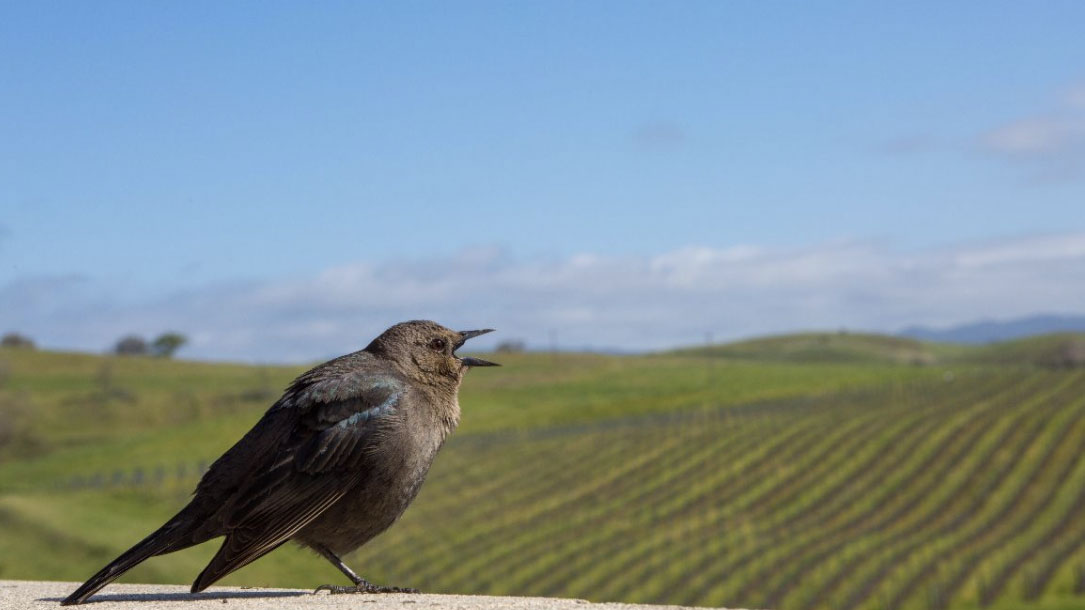
Climate change strategies
The Land Trust of Napa County (LTNC) is actively working to incorporate the challenges and threats posed by climate change into both its land conservation and natural resource management strategies, with a focus on protecting and restoring the ability of our local ecosystems to respond and adapt to warming temperatures. LTNC has dramatically increased its pace of land protection and stewardship throughout Napa County over the last five years to more effectively address these pressing issues…
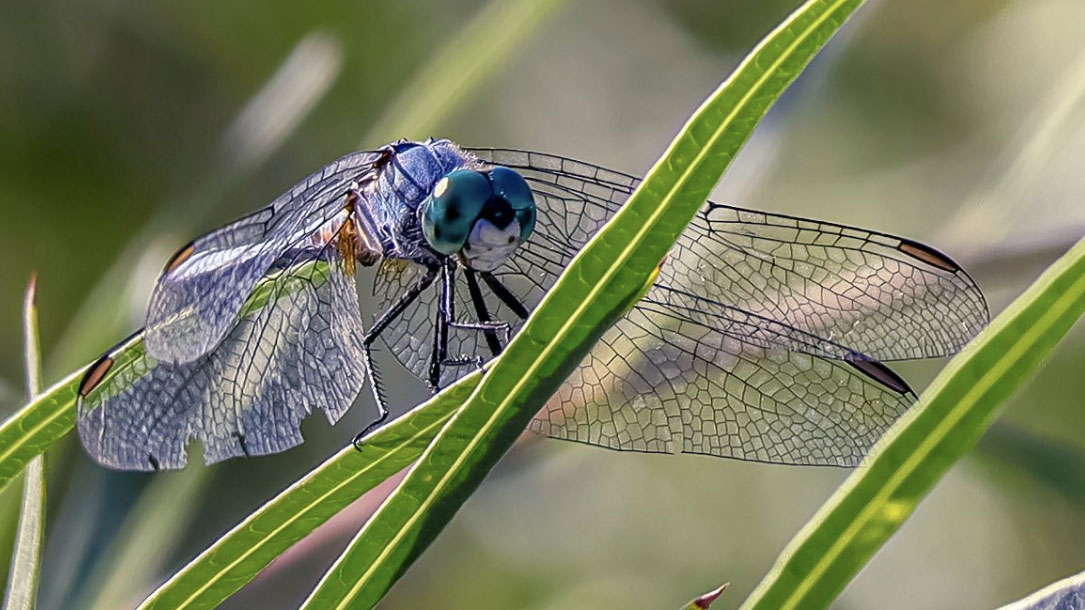
Berks County landmark hill preserved from development
“As you cross the Schuylkill River traveling east on Route 422 from Reading toward Pottstown, two hills rise above the horizon to the south: Gibraltar Hill and Seidel Hill. Gibraltar Hill’s 234 acres in Robeson and Cumru townships were conserved by Natural Lands in 2014. The second mountain in Robeson Township, the 103-acre Seidel Hill, was recently preserved…”
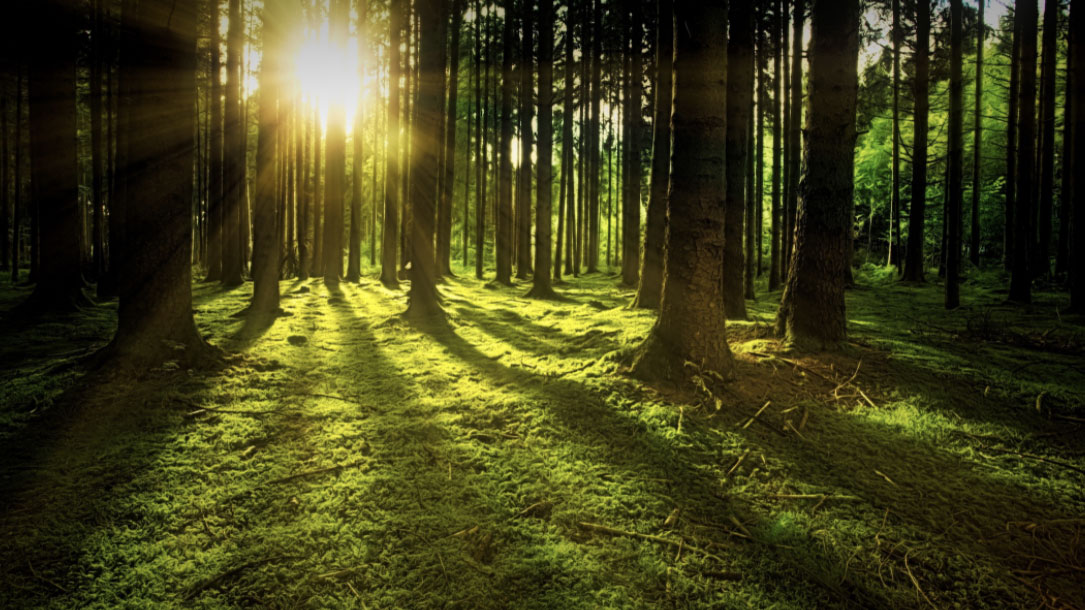
Finding the Mother Tree: An evening with Susan Simard
7:00-8:30 PM EST
In her first book, Finding the Mother Tree, Simard brings us into her world, the intimate world of the trees, in which she brilliantly illuminates the fascinating and vital truths — that trees are not simply the source of timber or pulp, but are a complicated, interdependent circle of life; that forests are social, cooperative creatures connected through underground networks by which trees communicate their vitality and vulnerabilities with communal lives not that different from our own.
The Western New York Land Conservancy is thrilled to host Dr. Simard for a live-streamed virtual event. Finding the Mother Tree: An Evening with Suzanne Simard will include a presentation on her pioneering work and a conversation.
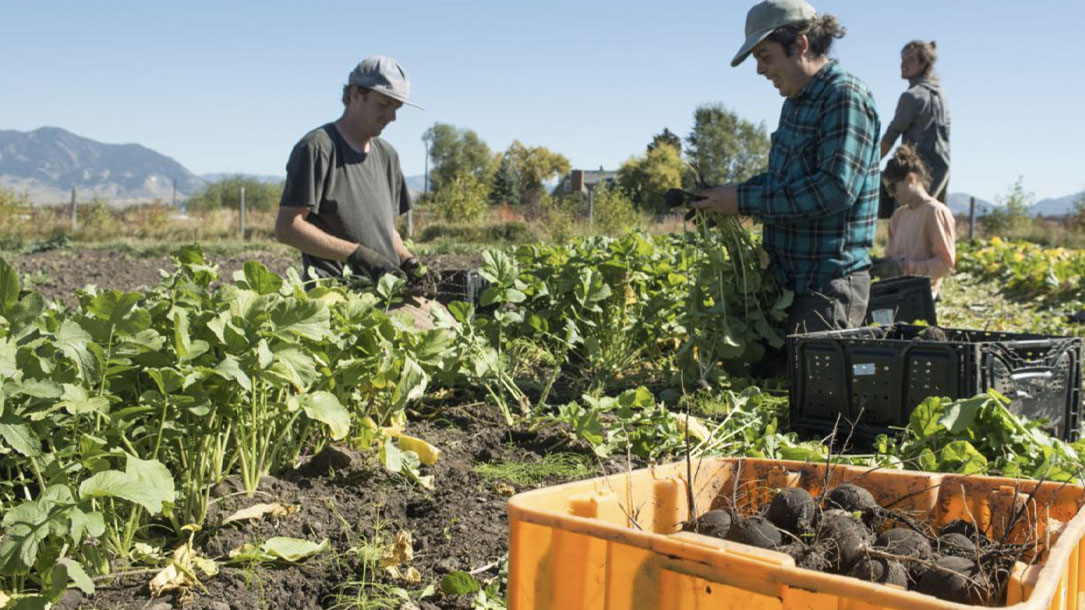
American Farmland Trust calls on the Biden administration to protect and conserve 30% of working farmland and ranchland to achieve 30×30
WASHINGTON, D.C. – Today, American Farmland Trust released “Agriculture’s Role in 30×30: Partnering with Farmers and Ranchers to Protect Land, Biodiversity, and the Climate” outlining agriculture’s critical role in the effort to “conserve at least 30 percent of our lands and waters by 2030” as put forth in the Biden administration’s January 27, 2021, Executive Order on Tackling the Climate Crisis at Home and Abroad. AFT’s recommendations make it clear that we urgently need to both permanently protect five percent of vulnerable working lands from being converted to development and support landowners’ voluntary efforts to implement conservation practices on an additional twenty-five percent of working lands, particularly in biodiversity hotspots, key connectivity corridors and areas with high carbon sequestration potential.

30 x 30: NRDC’S commitment to protect nature and life on earth
“To prevent mass extinctions and bolster resilience to climate change, scientists warn that we must protect at least 30 percent of our lands, rivers, lakes, and wetlands by 2030. At the same time, we must also fully and highly protect at least 30 percent of our oceans by 2030 to help safeguard marine ecosystems and fisheries that provide food, jobs, and cultural sustenance to billions around the world.
We have the tools to create a better, healthier future for our planet—and ourselves—but we must act now…”

Biden enlists ranchers, tribes (and land trusts) to conserve 30% of land and water
The Biden administration is unveiling a plan to conserve 30% of U.S. lands and waters by the end of the decade, a top priority for environmentalists who see the initiative as a way to fight climate change and safeguard species on the brink of extinction.
“The conservation value of a particular place should not be measured solely in biological terms, but also by its capacity to purify drinking water, to cool the air for a nearby neighborhood,” or “to provide a safe outdoor escape for a community that is park-deprived,” the report says.
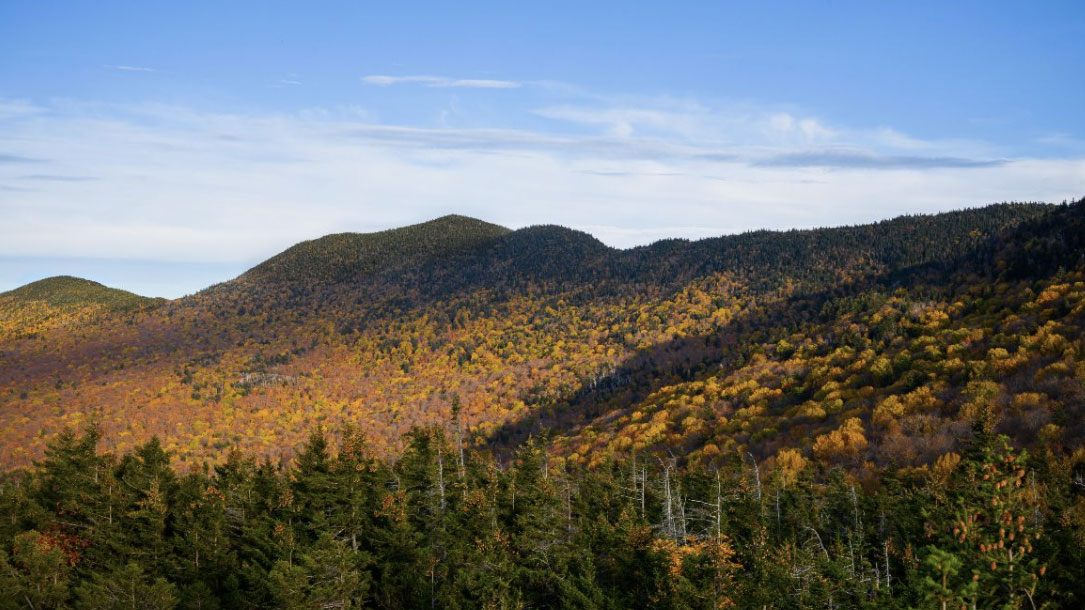
How the climate crisis and pests are impacting four tree species in Vermont’s woods
The human-induced climate crisis — compounded by global trade patterns that invite non-native pests — may present the greatest challenge to forest management yet. Vermont is becoming warmer and wetter, creating conditions that benefit insects and diseases capable of wiping out a species.
While a single threat might not be enough to bring down a tree, compounding pressures can. Less-than-ideal soil conditions, for example, might stress a tree but not kill it. But that stress could make the tree more vulnerable to an insect, drought, or herd of browsing deer…












